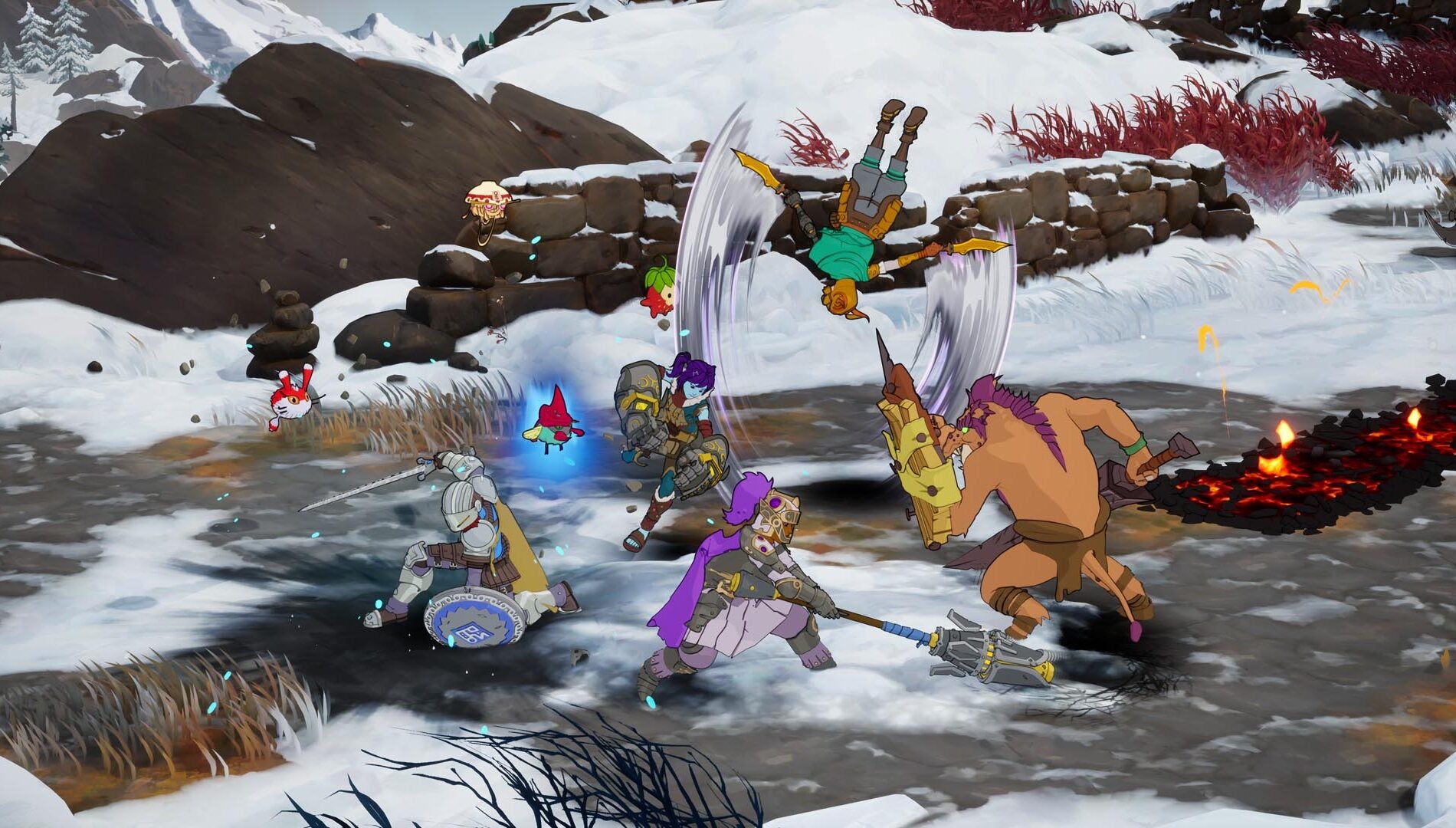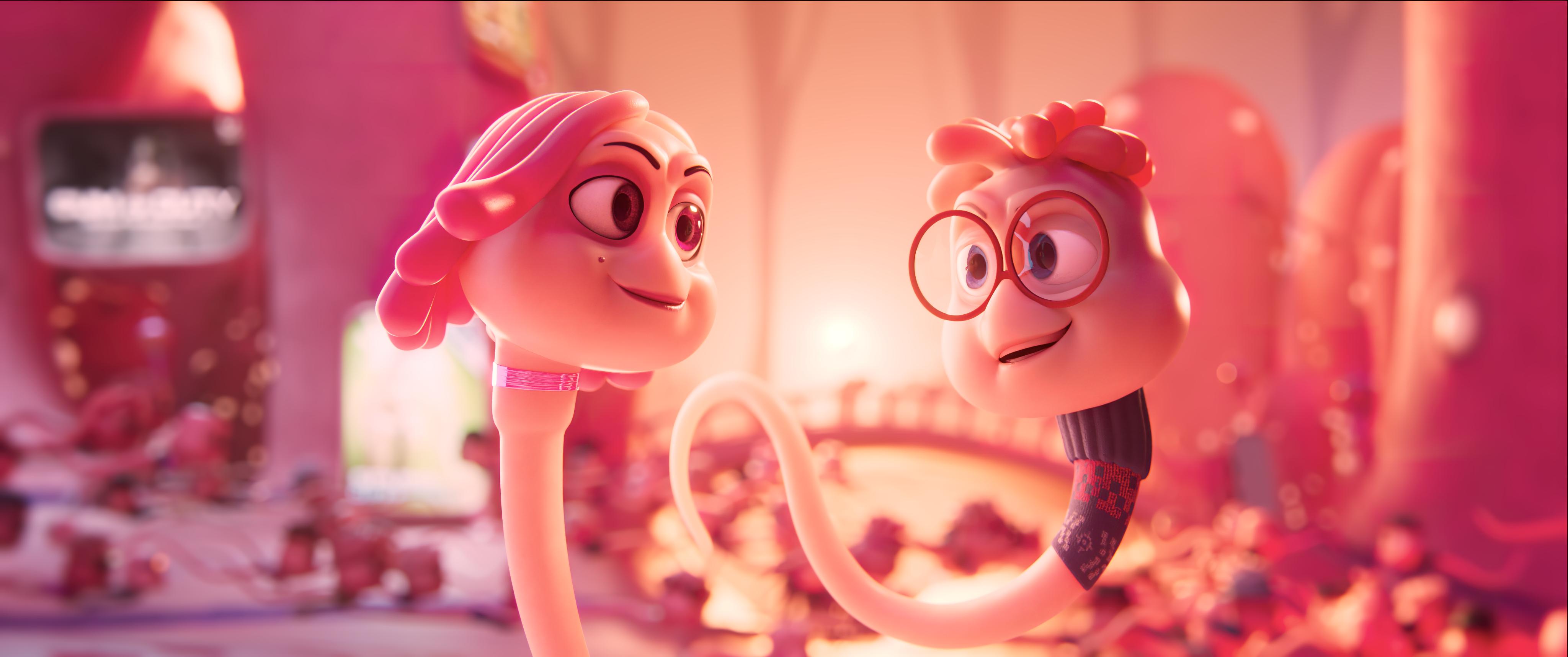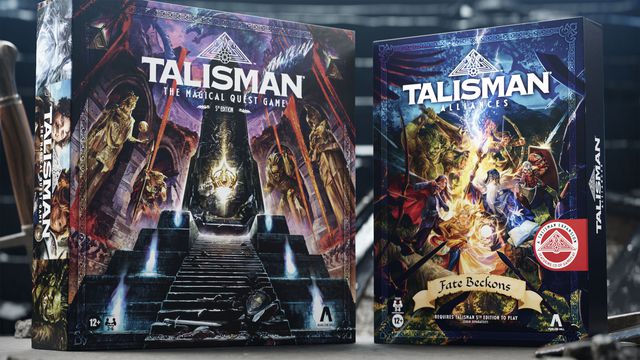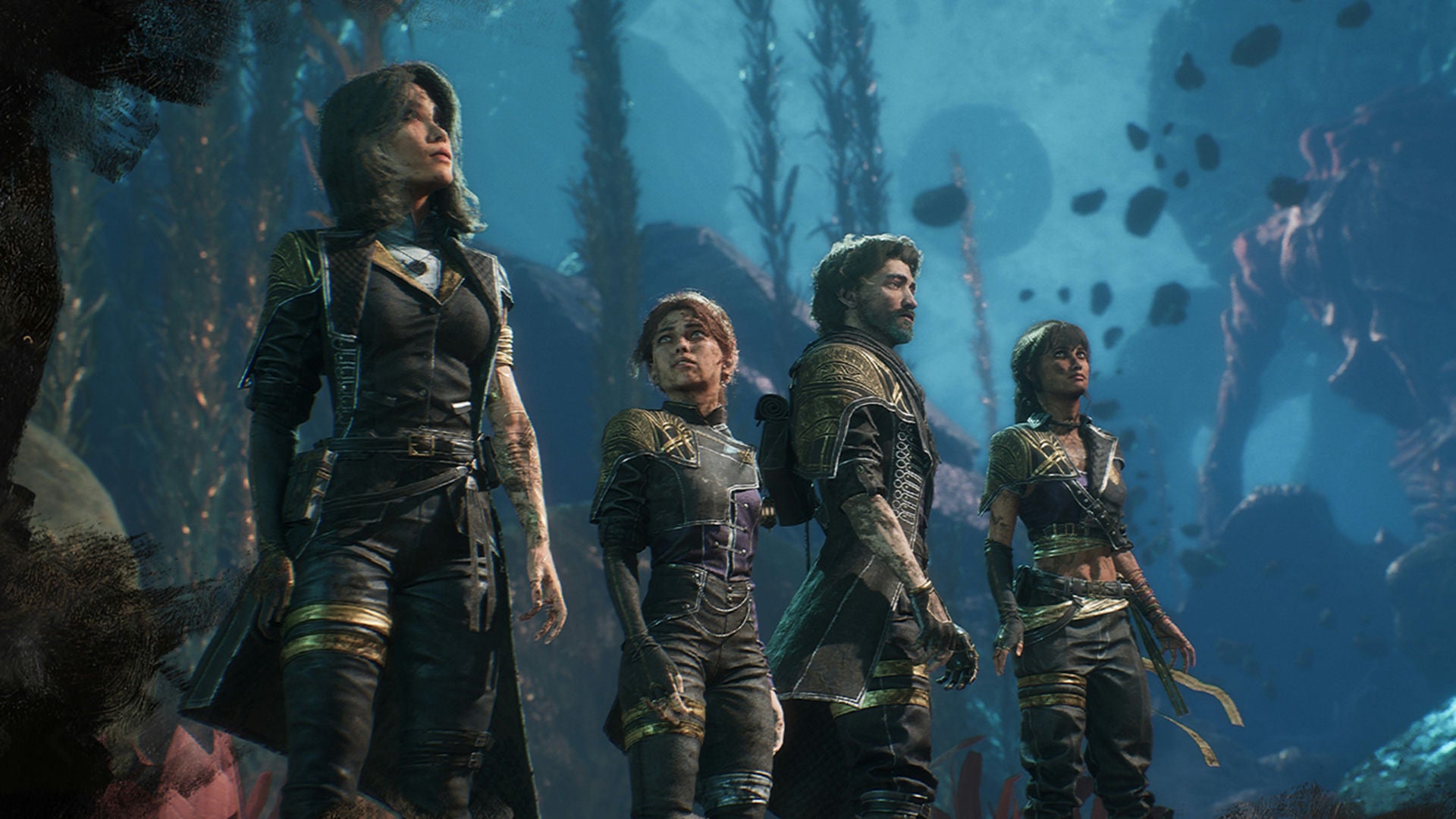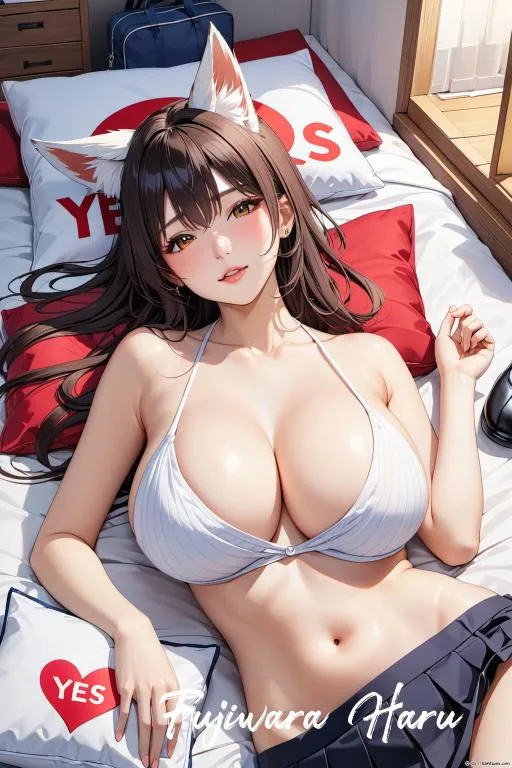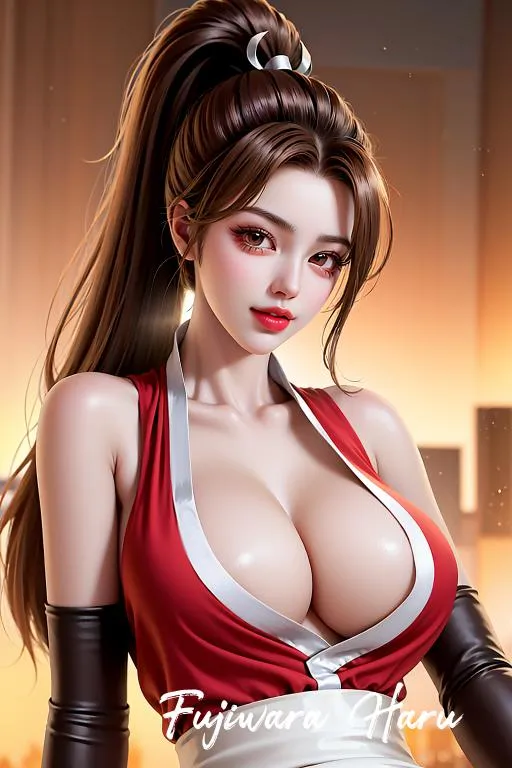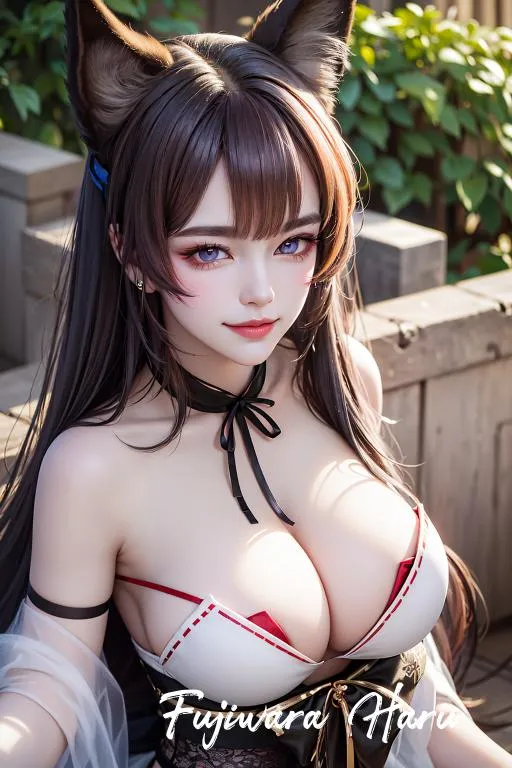With the second set of the Disney Lorcana TCG, Rise of the Floodborn, now in players’ hands, the Lorcana metagame has been shaken up by new Legendaries, Lore-generating Items, and a certain Disney mouse (but not the one you’re thinking). We’re still in the early days of Set 2 and players are continuing to innovate with creative new decks (looking at you, Mufasa Roulette), but what does all this look like from the other side? IGN spoke to Game Design Manager and Disney Lorcana TCG Co-Designer Steve Warner over email to hear about his reaction to initial fan-favorite decks, the relationship between card power and card rarity, the unexpectedly powerful Hiram Flaversham–Toymaker, and how Mufasa's brutal death scene in The Lion King inspired a fun new mechanic for the game.
Read on to hear what Warner had to say, but if you’re new to Lorcana and don’t yet know the difference between Lore, Ink, and Songs, check out our primer on the fun new game we enjoy so much.
Reflecting on The First Chapter
IGN: Before we get into Rise of the Floodborn, I'd like to take a quick moment to have you reflect on The First Chapter. The metagame quickly formed around Ruby/Amethyst Control and Steel/Amber Steelsong, and those two decks dominated the format. Was that about what you expected or did it come as a surprise?
Warner: There are always going to be things that catch my eye, but I think we had a good idea of how things would play out and what ink combinations might become popular, thanks to our dedicated testing team. We were not surprised that Ariel – Spectacular Singer combined well with other steel songs like Grab Your Sword. Once a set is fully released, far more people are playing it than we can match. I do think there is still a lot to explore, but I’m not surprised with how things turned out.


IGN: When I first looked at the cards in Set 1, I was surprised to see Be Prepared and A Whole New World because cards with those same effects were so strong in other TCGs that they wound up getting banned. It's no coincidence that the two best decks from the First Chapter format each feature one of these cards. Amethyst/Ruby uses the board wipe Be Prepared to control the board and Steel/Amber Steelsong takes advantage of A Whole New World’s effect where both players discard their hand and draw seven cards. Both of these cards have incredibly powerful effects to begin with, but when you consider they can also be sung for free, then they get even more nutty. Could you please explain your philosophy on having such powerful, meta-defining (and potentially problematic) cards in the game?
Warner: Song cards are a mechanic unique to Disney Lorcana TCG and play differently than other Action cards in the game. We expect people to find a way for powerful cards to work in their favor; it just makes strategic sense for players to determine how best to play their deck when building it – that’s part of the fun. We tested those cards quite a bit and felt like we landed on a design that plays well both on a card level and in the game overall.


Impactful New Cards From Rise of the Floodborn
IGN: Now let’s talk Rise of the Floodborn! We got our first new mechanic in Resist, which reduces the amount of damage a character takes by its Resist value. From my experience playing with it, Resist is surprisingly effective. Even +1 Resist is hard to deal with and can be a real roadblock when trying to remove characters via challenging, and if a character has +2 Resist (like Cinderella–Stouthearted) then you can forget about it! What’s the story behind introducing this new mechanic?
Warner: Resist is a mechanic we introduced to change the board up a bit with a slight adjustment to a card. Suddenly, it is a lot harder for Illumineers [players] to remove a bodyguard like The Prince–Never Gives Up by simply challenging it. Players will have to consider the new mechanic when building their decks, whether that’s by adding cards that deal directly with Resist, or strength-boost cards or something else. As decks and strategies change to account for the new mechanic, it could also change a number of other aspects of the game.


IGN: It's only a few weeks after the release of Rise of the Floodborn and there's already a new Set 2 deck taking the metagame by storm. I'm of course referring to the Ruby/Sapphire Pawpsicle Control deck that generates overwhelming card advantage with Hiram Flaversham–Toymaker. He's unexpectedly powerful because his draw effect can be used when coming into play, as well as when questing. Most cards of this nature are balanced by only allowing them to use their effect when questing, but Hiram Flaversham has the rare ability to use it when he's played. Could you please share your design process with Hiram Flaversham - Toymaker and your reaction to his initial popularity?
Warner: I think you are already seeing that although Ruby/Sapphire is a powerful combination, there are also other options available to players. Having powerful cards or decks can be fine as long as a single deck doesn’t have an answer for everything; there has to be counters that balance them out. Every player has a chance to build their own deck, be creative, and develop winning strategies; the game has been designed with that in mind. We’re excited to see what decks players come up with from here.
When it comes to card abilities, it's important to us that they reflect the character and story that inspired them. Hiram Flaversham is an especially skilled craftsman who’s said to be the best toymaker in London, so his artificer ability reflects that.

IGN: Easily the most delightful part of Set 2, for me, is the Merlin/Madam Mim (and Arthur) package. It's absolutely fantastic how the iconic wizard duel from The Sword and the Stone was recreated through a series of cards featuring the various animal forms the magicians take. Where that idea came from? Also, as we all know, Merlin wins the duel by becoming a germ, but there's no germ card for him to match Madam Mim's dragon card. Was there ever a card for Merlin–Germ in the design process?
Warner: The idea of the Wizard Duel was my co-designer Ryan Miller’s idea. He unabashedly loves the movie “The Sword and the Stone” and knew from the start that he wanted to recreate the iconic duel in Disney Lorcana TCG. It took some trial and error, but we were able to steer the design in a fun way to get it to the point that it is now.
As for versions not seen… we can’t do everything quite yet; we're only on the second set.


IGN: I always hear a collective gasp from the Lorcana community when a new Emerald card is revealed because that Ink focuses on discarding cards from the opponent’s hand. People who play card games know that card advantage is king, and if your opponent doesn't have any cards then they can't play the game, so discard is a particularly scary mechanic for card gamers. That's why the reveal of new Set 2 cards such as Prince John–Greediest of Them All and Daisy Duck–Secret Agent were met with much uproar. What is your design philosophy on Emerald and why did you decide to make discard one of its premiere identities?
Warner: It's important to us that players can approach the game in various ways, while remaining welcoming and true to Disney Lorcana TCG’s playstyle. Some people really like to play discard decks and we felt like if that’s the type of deck someone wants to make, it should be available. We were very cautious about it and worked hard to ensure that those cards could be used in a fair deck that was fun for both players and didn’t feel too oppressive.


The Relationship Between Card Power and Rarity
IGN: I couldn't help but notice there are quite a few Beast cards in Rise of the Floodborn, in addition to the Beasts we already have in The First Chapter. All together, there are six in total, and three of them are Legendary rarity! That’s the most we have of any character, which leads me to believe Beast must be someone’s favorite character at Ravensburger! How do you go about selecting which characters get cards, and what’s your stance on using characters multiple times?
Warner: Characters are normally chosen to align with featured franchises, and it’s important to us that we build game mechanics that fit each character’s story and personality. We are totally fine with using a character more than once as long as it makes sense and aligns with the character, especially since we have multiple ink and glimmer types to play with. In the case of Beast, his journey of self-discovery is one that really allows him to fit the game in a lot of different ways and places.
Card rarity comes down to the mechanics; we try to make sure the more complex cards or cards with extreme strength or willpower or are out of the inks’ norms are higher rarity. For example, Stitch–Abomination is a rare card because while it doesn’t have any text, Ruby doesn’t normally have higher willpower than their strength.


IGN: Could you talk about how you design a Legendary card? Players have come to expect these elite few cards will have unique and powerful effects, so how do you decide what kind of effect is deserving of Legendary status, and how do you pick what characters get that premium treatment? I'll also take this opportunity to point out poor Gantu, who has been given the unfortunate title of Worst Legendary. Do you have anything to say in his defense?
Warner: For the most part, Legendary cards are defined by their powerful abilities and effects, and that’s something we take into consideration when creating them. Take Mufasa–Betrayed Leader for example. The card is a new legendary in Rise of the Floodborn and is the only card with its ability at this time. (When Mufasa–Betrayed Leader is banished, players can draw a card from the top of their deck. If they draw a character card, players can place it on the board immediately without paying its ink cost.) Being able to bring another character out onto the field to replace Mufasa is not only a great ability, but also fits the character thematically by symbolizing the rise of a new leader in his place. The same is true for our other legendary cards, including Gantu, who is not only known for being strong but also tends to underestimate creatures smaller than him.

IGN: I'm curious to hear why the ink colors are all named after gemstones (Amber, Amethyst, Emerald, Sapphire, Ruby) except Steel? My friends suggested that diamond or onyx could have been used.
Warner: The narrative team made the final call on the ink names, so while I can’t say exactly why we went with Steel, I do think it’s a great name for that color. Like the metal, steel glimmers are strong and durable. They get the job done through brute force thanks to their size, armor or by simply being powerful.
The Future of Disney Lorcana
IGN: Taking a birds-eye view of Lorcana, what would you say is your plan for how to continue to keep the game interesting, exciting, and competitive as we continue to Set 3, 4 and beyond?
Warner: We recently announced the introduction of Location cards for the next set, named Into the Inklands – I'm excited for players to see and experience that new dynamic. Beyond that, I can’t say much about what we have planned, though it will continue to involve Organized Play and additional franchises. The guiding star for us will always be keeping the game fun and simple to learn. The experience so far has been amazing. I can’t wait to see what people think of what we have coming in the future.

